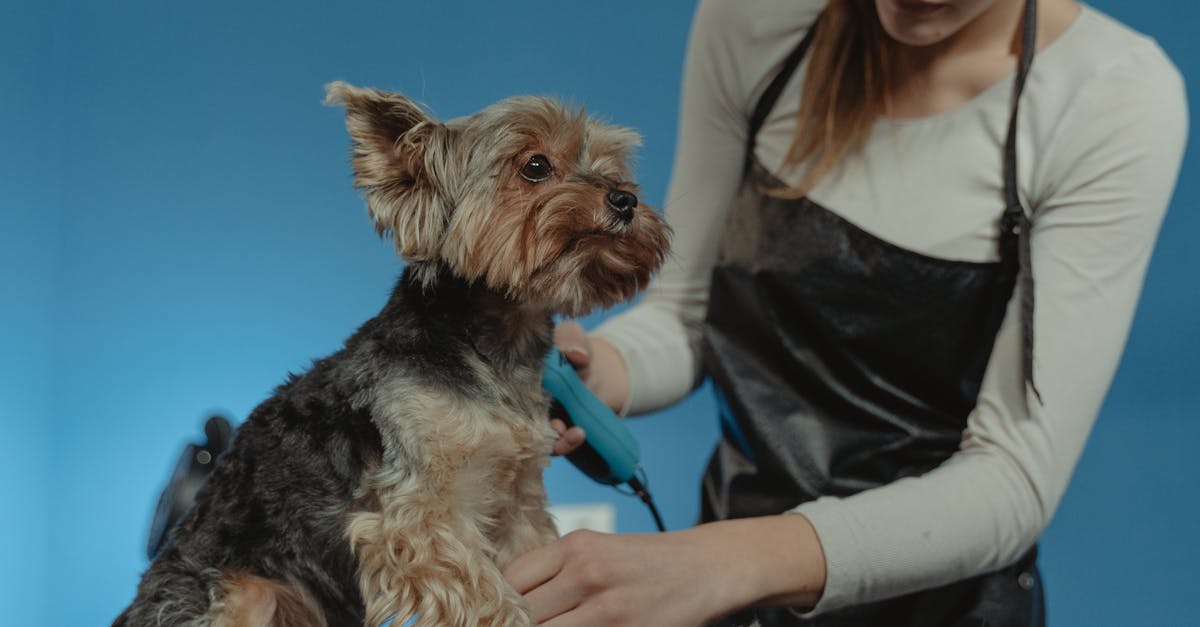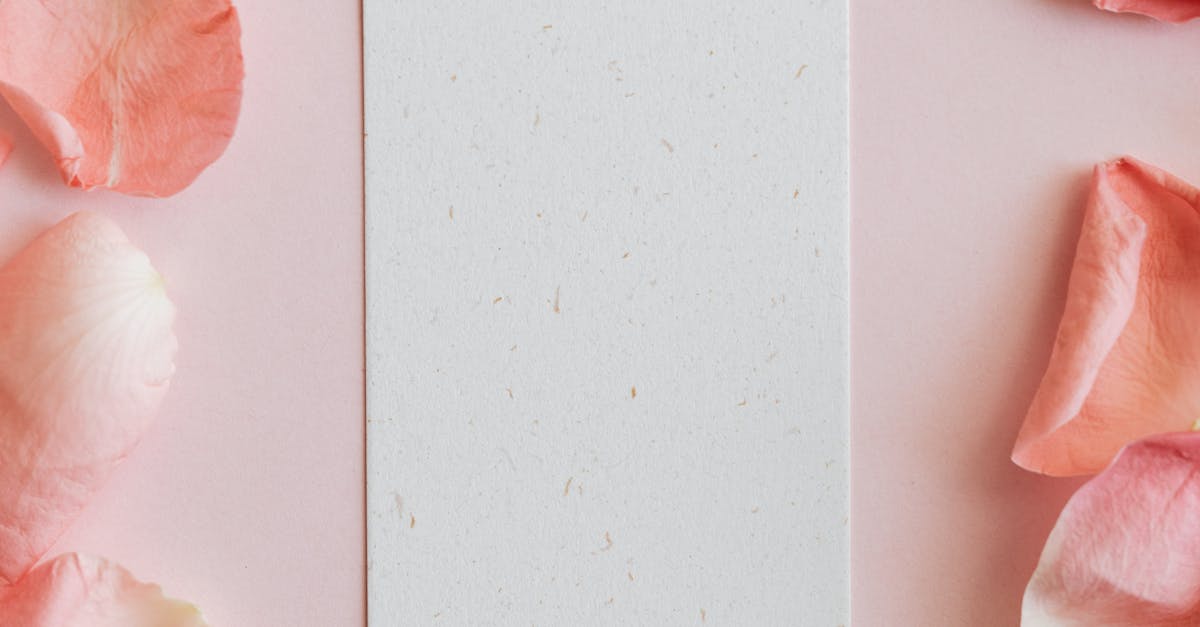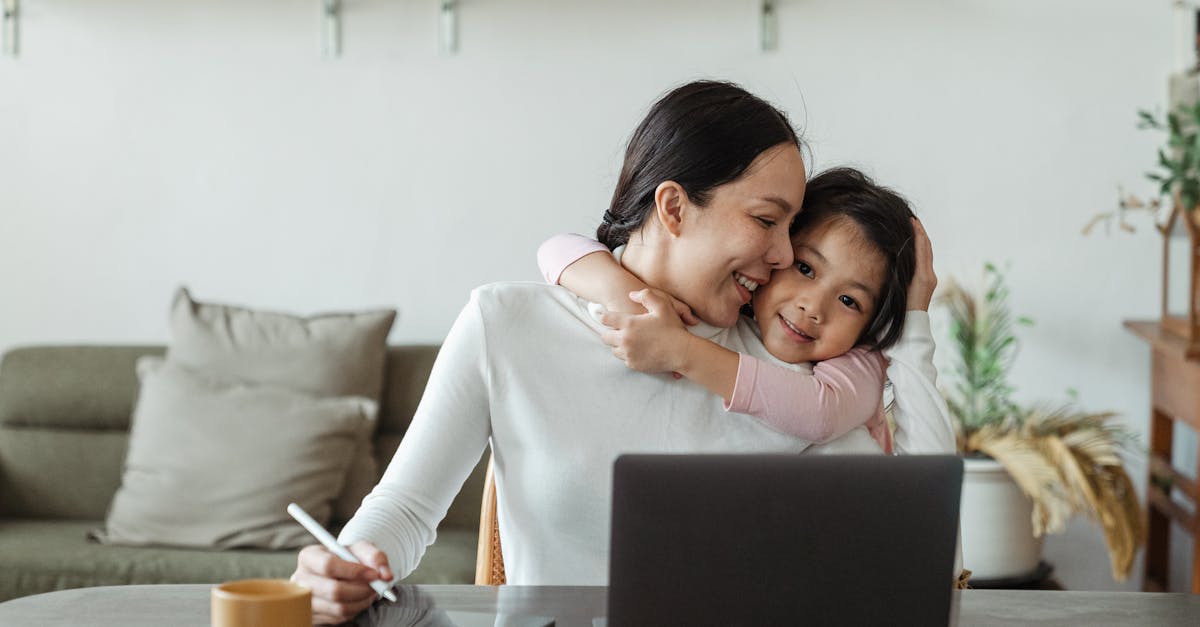
How To Crate Train A Puppy
- October 03, 2024
- 4 min Read
- Views 707
How to Crate Train a Puppy
Crate training a puppy is an essential part of their development, helping them to feel safe, secure, and understand boundaries within their new environment. This process can be highly beneficial for both the puppy and the owner, fostering a structured routine and promoting good behavior. In this article, we will walk you through how to crate train a puppy effectively, ensuring a positive experience for your furry friend.
Understanding the Importance of Crate Training
Crate training is more than just an obedience exercise; it is about creating a comfortable space for your puppy that mirrors a den-like environment. Dogs have a natural instinct to seek small, cozy spaces where they can relax without feeling exposed. This training technique taps into that instinct, making it easier for your puppy to adapt and thrive in their new home.
Additionally, crate training helps with toilet training, reducing the risk of accidents around the house. It is also useful for keeping your puppy safe when you cannot supervise them directly, protecting them from potential hazards such as electrical cords or choking hazards.
Choosing the Right Crate
Choosing the right crate is a crucial first step in the crate training process. The crate should be spacious enough for your puppy to stand, turn around, and lie down comfortably, but not so large that they can eliminate in one corner and sleep in the other. When selecting a crate, consider materials like metal, plastic, or fabric, and ensure it is durable, safe, and comfortable.
If you're purchasing a crate for a puppy that will grow significantly, consider invest in a crate with a divider. This allows you to adjust the size of the crate as your puppy grows, ensuring they always have the right amount of space.
Introducing Your Puppy to the Crate
The introduction of the crate should be gradual and positive to ensure your puppy does not associate it with fear or anxiety. Start by placing the crate in a room where your family spends a lot of time. This helps your puppy feel included while getting used to the crate’s presence.
Encourage your puppy to explore the crate by placing treats, toys, or soft bedding inside. Allow them to enter and exit freely without closing the door initially. Praise them enthusiastically when they enter the crate, creating a positive association with the space.
Guide Steps to Crate Train a Puppy
- Introduce the Crate Gradually: Let your puppy explore the crate with the door open. Place favorite toys and treats inside to entice them without pressure.
- Begin with Short, Supervised Stays: Close the door briefly while you're nearby. Gradually increase the time they stay in the crate as they become accustomed to it.
- Establish a Crate Schedule: Use the crate at regular intervals, such as during meal times, rest periods, and bedtime. A consistent schedule helps your puppy adapt better.
- Use Verbal Commands: Implement commands like “crate” or “bed” to signal your puppy to enter the crate. Reward them with treats when they comply.
- Gradual Independence: Slowly increase the distance and duration you leave your puppy in the crate, helping them build confidence in being alone.
- Make It Comfortable: Line the crate with soft bedding and include chew toys to make the space inviting and enjoyable for your puppy.
- Avoid Negative Associations: Never use the crate as a punishment. Instead, ensure the crate remains a place of comfort and security.
FAQs About Crate Training a Puppy
- How long does it take to crate train a puppy? The time it takes can vary depending on the dog's temperament and previous experiences, but it often takes several weeks to fully acclimatize a puppy to the crate.
- How do I know if my puppy is comfortable in the crate? Signs of comfort include willingly entering the crate, lying down, and sleeping without whining. If your puppy whines or shows signs of stress, it may take more time to adapt.
- Can I leave my puppy in the crate while I'm at work? Puppies should not be left alone in a crate for extended periods. Initially, a few hours suffice, gradually increasing as they grow and become more comfortable.
Conclusion
Successfully learning how to crate train a puppy can lead to a happier, more well-adjusted pet that feels secure in their own space. With patience, consistency, and positive reinforcement, your puppy will learn to associate the crate with comfort and safety, forming positive habits that last a lifetime.
Tags
#CrateTraining #PuppyTraining #DogTraining #PetCare #AnimalBehavior
References
People Also View
-
1October 14, 2024
-
2September 30, 2024
-
3October 03, 2024
-
4October 03, 2024
-
5October 03, 2024
Categories
- Near Me 2147 Posts
- How To 548 Posts
- Where To 257 Posts
- Why 90 Posts
- How Much 97 Posts
- Travel 202 Posts
- Food And Drink 815 Posts
- Shopping 797 Posts
- Lifestyle 1050 Posts
- Automotive 364 Posts
- Digital Income 70 Posts








